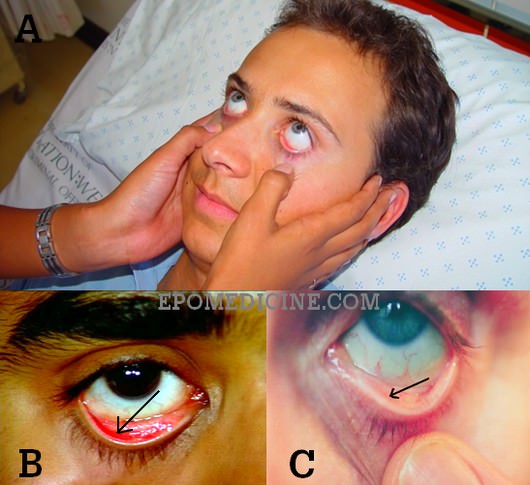
Related Posts

Pallor
Synonyms: Paleness Definition of Pallor Pallor is the paleness of skin and mucous membranes, due to the reduced amount of oxyhemoglobin or decreased peripheral perfusion. Sites to look for pallor Lower palpebral conjunctiva Tip and dorsum of the tongue Soft palate Nail beds Palmar or plantar creases General body skin…

Head trauma fluid resuscitation
Peculiarities of cerebral circulation: 1. Brain and spinal cord is isolated from endothelium by BBB composed of continuous capillaries that limits movement of proteins and electrolytes 2. Fluid movement is primarily determined by osmolar gradient (in contrast to peripheral tissues – transcapillary gradient of large macromolecules) 3. Hence, administration of…

Communication Module for Obtaining Informed Consent
The basic structure for communication skills remains the same. Recall the mnemonic P I CX3. Take into considerations of following points during consultation. Mnemonic: CONSENTS Mnemonic Headings Comments C Condition & natural history Explain the clinical condition & prognosis O Options & alternatives No treatment, conservative, medical, radiological, surgicalMake patients aware…
Comment
Leave a Reply Cancel reply
This site uses Akismet to reduce spam. Learn how your comment data is processed.
Good morning!
Excellent!